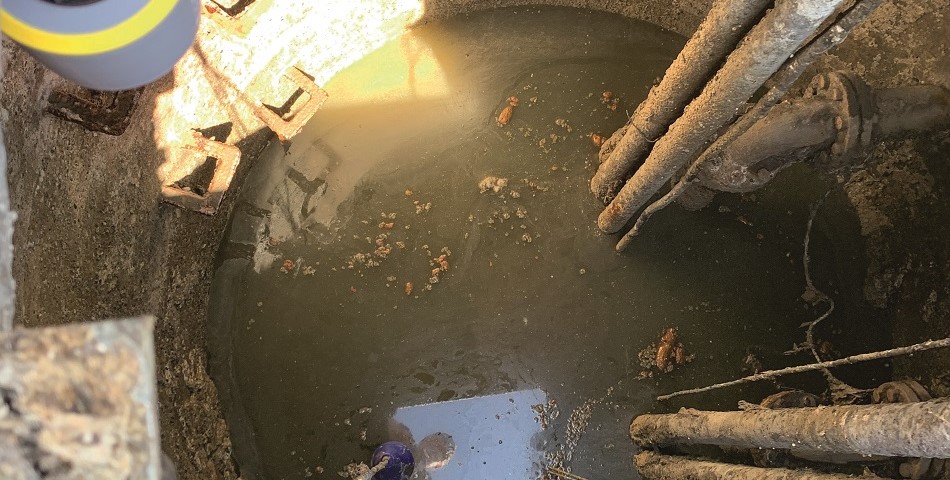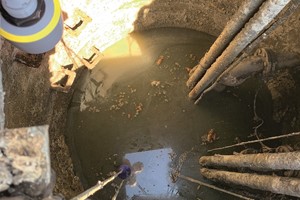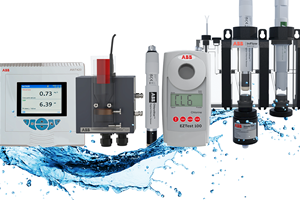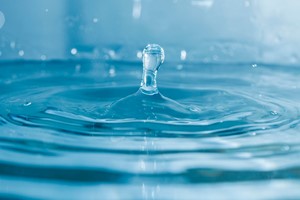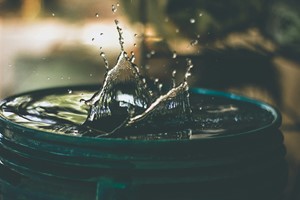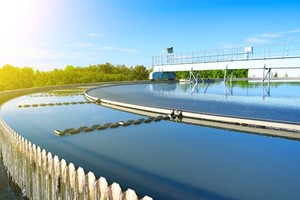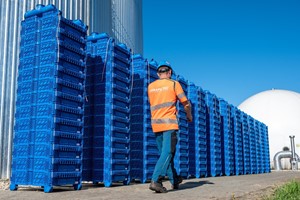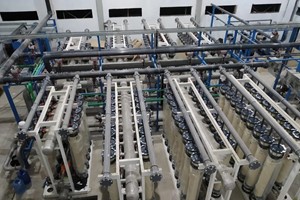While standing at the edge of a deep pumping station situated along a busy road in the middle of Jeddah, I was looking inside a lift station when an instrumentation technician, who was in his early 40’s, from a local operating company told me that they are looking for ultrasonic level transmitter which can measure the level of waste water inside the pumping station. I glanced at him and then looked inside the pumping station. It was about 10 meters deep, with big pumps at the bottom, numerous pipes all over the place and a ladder going down. Everything was covered with buildup created by waste water.
As a fresh engineering graduate, who is not yet accustomed to industry practices, I felt that ultrasonic sensor is not ideal for this type of application. So I asked him in a curious tone, “Why ultrasonic?”. He showed me a blank face at first, but after giving some thought to it, he said, “Ultrasonic sensor is normally used in such applications”. Discerning about what I have recently learnt from my training on different measurement principles, I was ambivalent about his answer. Nevertheless, I told myself that I will help my customer in finding the appropriate technology for that application.
We finished our site survey. While heading to the treatment plant, which was about 10 minutes away and where my car was parked, I was still thinking of the same question, “Why do they use ultrasonic sensor in this application?“. Having no definite answer to that query yet, I posted a new question, “Do you know what will happen when there is a buildup on the antenna of ultrasonic sensor?”.
“We will come and clean it”, he replied. “That means the ultrasonic sensor will not work if there is buildup?”, was my next question. “Yes”, he answered.
In a mischievous tone, I asked how different his life would be if there is a sensor that will work even with buildup on the antenna. With his curious eyes, he looked at me like we will invent something new. “Is there any technology like that?”, he asked. I said “yes” without wasting a second. “There is another free space technology, called radar (I felt that he knew radar already) and it is working even with buildup on antenna”, I added.
“How come?” was his quick question. I started explaining by telling him that he must understand the physics behind radar and ultrasonic sensors. Both ultrasonic and radar produce waves which travel through air, strike the surface of medium and then come back. The time taken by the wave to go and come back is measured, therefore, the level is calculated. Ultrasonic sensor uses sound waves. And because of the nature of waves (mechanical waves), they are absorbed fully by the buildup, thus, ultrasonic sensor stops working as the wave is not reaching the surface of product. Radar, on the other hand, is producing electromagnetic waves and these are partially absorbed by buildup. However, a big portion of the wave passes through buildup, strikes the surface of medium and comes back. Hence, radar keeps working even with strong buildup.
“Really!”, he exclaimed and I nodded as a yes. But I didn’t stop there. I also asked him if he is facing stations overflowing sometimes. “Man, these are the worst days of the job!”, he replied. I then asked him if he knew that ultrasonic sensors have dead band at the top, that they start to fluctuate while overflowing and are sometimes giving a wrong reading such as low level even when the station is overflowing. He said, “Yes. I noticed it before and as the level goes back, they are working fine”. I explained to him that with radar, he won’t have this problem as they don't have dead zone, can measure till the very tip of sensor and stay at 100 % even when the station is overflowing. Thus, reliable measurement can always be assured.
We were about to reach our destination and it was becoming clear for the customer that radar is a better technology than ultrasonic for his application. But I could see that he wants to know more about it. So I continued, “Ultrasonic will also have an issue in with measurement if the gas combination in the PIT is changing. Imagine you have more H2S present and you will get inaccurate reading. This is because of the nature of the wave. The mechanical wave of ultrasonic will change its speed with the change in gas composition, whereas the speed of electromagnetic wave in radar is independent of gas composition; hence will always be reliable. Even temperature plays a role while using ultrasonic. The level during the day and at night may vary up to few percentage even when the actual level remains the same.”
We reached our destination while I was explaining this and he parked the car in the designated area for technicians. I quickly switched on my Ipad. I presented him a graph of test which we did in our factory to compare radar and ultrasonic, where ultrasonic was varying by 400 mm (4% of his measuring range) between day and night. He again looked at me with wide and surprised eyes.
We alighted from his car and then asked him, “If you won’t need to clean the sensor, to spend time in recalibrating them and to worry about measurement fluctuations, what will you do with this spare time?”. He grinned and said, “I can watch football matches”. We laughed and then bid him goodbye.
Two weeks and few phone calls later, they decided to put radar sensor instead of ultrasonic. Since then, it is working perfectly fine. Even after 10 years, I still can often find myself involved in discussions about radar versus ultrasonic sensors. With time, I learned that it is basically about Old vs New story. So we can simply put forward the slogan which will fill the gap of old and new, “RADAR IS BETTER ULTRASONIC”.



